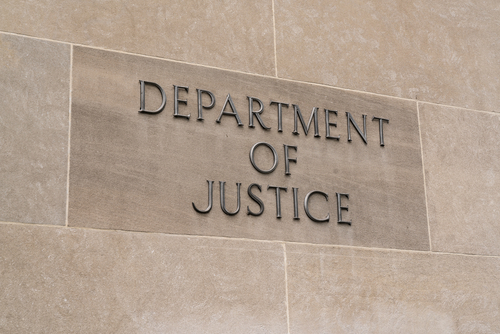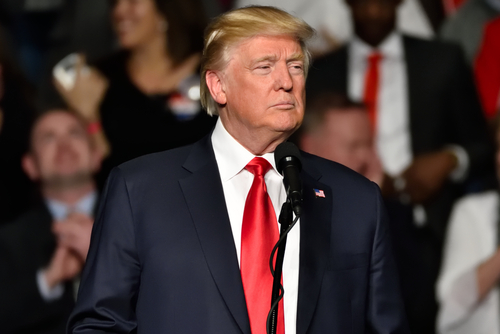
DOJ Scraps Journalist Protections – Wow!
Brace yourself—America’s free press is under attack as the DOJ scraps journalist protections, setting a treacherous path for government transparency.
At a Glance
- Attorney General Pam Bondi announced changes to DOJ policy regarding journalists’ protections.
- This policy rescinds previous restrictions on subpoenas for journalist records and testimony.
- Bondi criticized leaks of sensitive information, citing a threat to DOJ’s efficacy.
- Journalists’ confidentiality concerns arise amid new policy discussions.
- Office of Legal Policy to adjust guidelines to protect legitimate journalism.
Reversal of Journalistic Protections
In a dramatic shift, Attorney General Pam Bondi has turned the DOJ’s approach to journalist protections on its head, dismantling Merrick Garland’s prior policies. Gone are the days when reporters could rest easy, knowing their confidentiality was shielded by law. Instead, Bondi’s DOJ wants the power to subpoena reporters more freely, particularly in cases involving leaked sensitive information. Critics warn that these changes could stifle press freedom, but Bondi insists it’s a necessary step to prevent misuse of media by leakers.
Bondi’s criticisms target federal employees who bypass proper channels to release sensitive data, arguing this behavior threatens national safety and undermines the DOJ’s authority. “This conduct is illegal and wrong, and it must stop,” Bondi stated emphatically as she unveiled the new policy shift. Indeed, her stance could ignite a firestorm over the tension between journalist protections and government accountability.
Implications for Press and Public
The repercussions of this policy reversal could be vast. Former AG Merrick Garland had carved out exceptions for journalists, only allowing information requests under narrow circumstances. With those safeguards gone, journalists face new pressures and uncertainties. The Reporters Committee for the Freedom of Press highlighted the importance of protecting reporters who are pivotal in holding power to account. “We’ll wait to see what the policy looks like, but we know reporters will still do their jobs, and there is no shortage of legal support to back them up,” stated Bruce D. Brown.
Despite the apprehension, Bondi has noted that any investigative techniques involving journalists should be a last-ditch effort. Simultaneously, she reiterates that new processes will be crafted to strike a balance between effective law enforcement and supporting authentic journalistic endeavors. While this offers a glimmer of hope, the challenges of maintaining press freedom amidst stringent policies linger.
A New Chapter in Journalist-Government Relations
The Office of Legal Policy will allegedly introduce additional guidelines for whistleblower protections and the media. These steps aim to ensure that necessary restraints are not wholly abandoned in pursuit of stemming leaks. However, the policy’s launch still poses a significant test to the relationship between the government and the press.
The unfolding events under Bondi underscore a broader narrative where government transparency and the role of media are continuous battlegrounds. America stands at a pivotal point: will the solution to information leaks drown out voices that question power, or will it pave a new path for responsible journalism guarding public interest?




